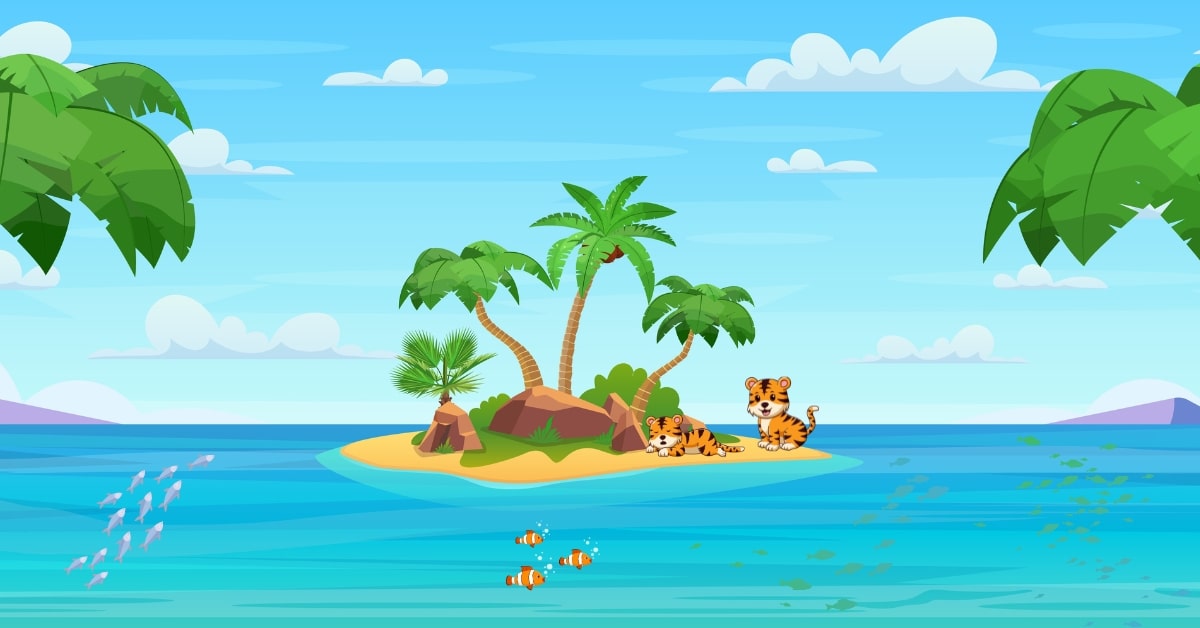In the realm of graphic design, the distinction between raster and vector artwork is crucial. Vector artwork offers scalability and flexibility, making it a preferred choice for various applications. This article delves into the concept of vector artwork conversion, exploring its significance, and techniques, and answering frequently asked questions to guide you through the process.
Understanding Vector Artwork
Vector artwork is created using mathematical equations to define shapes and lines. Unlike raster images, which are composed of pixels, vector graphics can be scaled infinitely without loss of quality. Vector artwork is ideal for logos, illustrations, and designs where clarity and adaptability are paramount.
Significance of Vector Artwork Conversion
- Scalability:
- Vector artwork can be resized without loss of quality, making it suitable for various applications, from business cards to billboards.
- Editing Flexibility:
- Vector files allow designers to easily manipulate individual elements, change colors, and make adjustments without compromising image quality.
- Print and Web Compatibility:
- Vector artwork is versatile, ensuring compatibility with both print and web media, and providing consistent quality across different platforms.
- Logo and Branding Consistency:
- Converting logos and branding elements to vector format ensures consistency in appearance, essential for brand identity across diverse media.
Techniques for Vector Artwork Conversion
- Manual Tracing:
- Designers manually trace raster images using vector tools, creating a scalable vector version while preserving the original’s characteristics.
- Automated Conversion Tools:
- Software tools like Adobe Illustrator’s Image Trace or online converters can automatically convert raster images to vector format, though manual adjustments may be required.
- Professional Services:
- Design agencies and freelancers offer vector artwork conversion services, ensuring precision and high-quality results.
FAQs
Can any image be converted to vector format?
While most images can be converted, complex images may require manual adjustments for optimal results. Simple images or logos generally convert more seamlessly.
Are automated conversion tools as accurate as manual tracing?
Automated tools provide a quick solution, but manual tracing allows for greater precision, especially with intricate details and complex images.
What file formats are commonly used for vector artwork?
Common vector file formats include SVG (Scalable Vector Graphics), AI (Adobe Illustrator), EPS (Encapsulated PostScript), and PDF (Portable Document Format).
How does vector artwork benefit printing projects?
Vector files are resolution-independent, ensuring that designs appear sharp and clear in print, regardless of the size.
Conclusion
Vector artwork conversion is a transformative process that unlocks the full potential of graphics for various applications. Whether you’re looking to enhance the scalability of a logo, improve editing flexibility, or ensure consistent branding, understanding vector artwork conversion is essential. Explore the techniques, choose the method that suits your needs, and embrace the versatility and clarity that vector graphics bring to your design projects.
This page was last edited on 28 February 2024, at 2:26 pm
